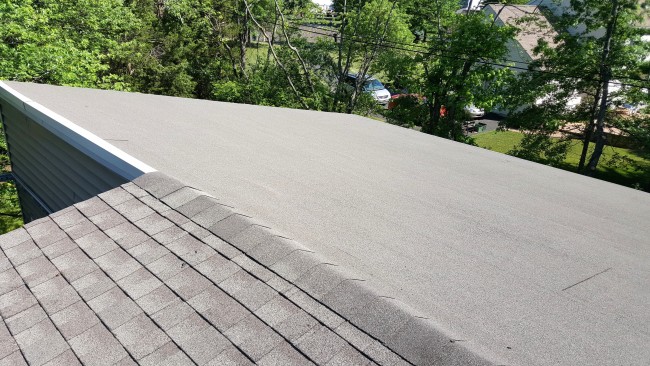
Roofs can rot, especially in areas of high humidity and heavy moisture. While radiant barriers take much of the blame, rotting roofs are usually caused by poor ventilation, not radiant barriers. Ventilation allows fresh air to replace the existing air and circulate within an attic. This keeps the attic, and your roof, at a moderate temperature in summer and winter, and extends the life of your roofing materials. While improperly installed radiant barriers can cause moisture problems, it’s relatively rare. Usually poor attic ventilation is to blame for any moisture or rot problems you experience with your roofing.
Radiant Barriers
Radiant barriers are a thin layer of reflective material that reflects radiant heat back into your home in winter, and out of your home during the summer months. It has been proven in many situations to have a significant impact on heating and cooling bills. If properly installed in an attic with good ventilation, then radiant insulation shouldn’t cause you any problems with moisture. However, if the radiant barriers were improperly installed over existing insulation on the attic floor, instead of directly onto the roof trusses or roof decking, you might have a problem. The combination of poor installation and poor attic ventilation can lead to moisture build up and rotting roofs.
How to Tell if Your Radiant Barriers Are the Source of the Problem
This is an easy diagnosis. All you have to do is take a quick peek into your attic. If your radiant insulation is installed on the roof trusses or decking, reflective side in, you should be fine. If it’s been laid over the top of the fiberglass insulation on your attic floor, you’ve got your insulation contractor to blame. Talk to an insulation specialist about removing your existing reflective insulation and getting it re-installed properly. If you don’t, and you’re already experiencing problems with moisture buildup, it’s only going to get worse.
Assessing Moisture Damage and Rotting Roofs
If you are experiencing moisture accumulation in your attic that has caused roof rot or other moisture associated problems, it’s important that you talk to a home inspector, roofing contractor, or general contractor, in order to assess damage, identify the source of your problem, and get everything back up to code. If your roof has experienced significant rot you may be in for some major repairs, including repairing or replacing the roof trusses, decking, and roofing material. Since it’s unlikely your radiant barriers caused your problem, this is a good time to address the source of your moisture problem as well (most likely poor ventilation). Installing gable vents, ridge vents, soffit vents, and attic fans are all effective strategies in eliminating poor attic ventilation. Remember, your roof is your home’s first line of defense against the elements. Anything short of a roof in excellent condition isn’t worth risking in the long run.
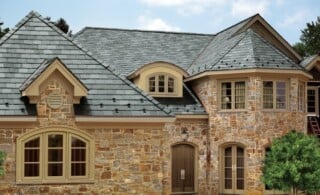 Best Asphalt Shingles – A Buyer’s Guide
Best Asphalt Shingles – A Buyer’s Guide 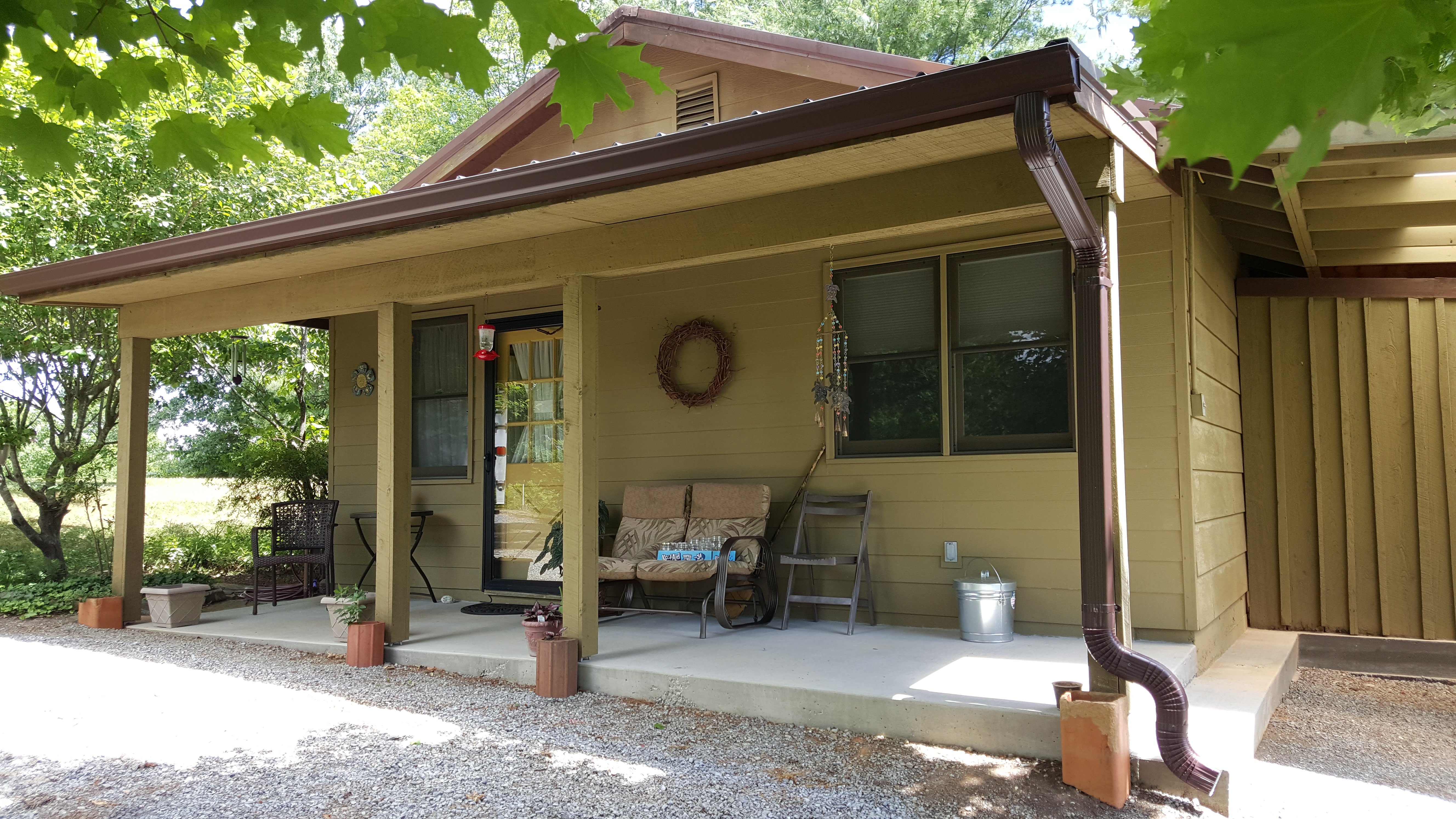 Vinyl Gutters – Are They Right For You?
Vinyl Gutters – Are They Right For You? 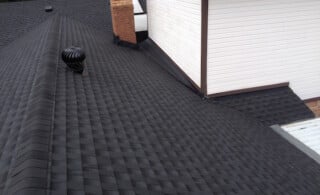 Asphalt Shingles: Cost Effective Roofing
Asphalt Shingles: Cost Effective Roofing 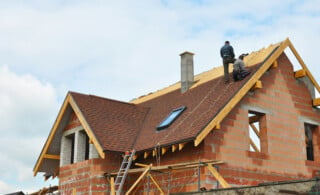 Are Dormers Right for Your Home? A Look at the Pros and Cons
Are Dormers Right for Your Home? A Look at the Pros and Cons 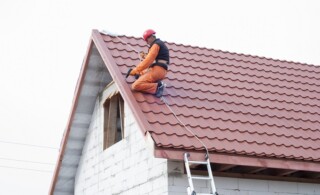 How to Find & Fix a Leaking Roof
How to Find & Fix a Leaking Roof 

I need someone to remove reflective barrier and possibly add more insulation.